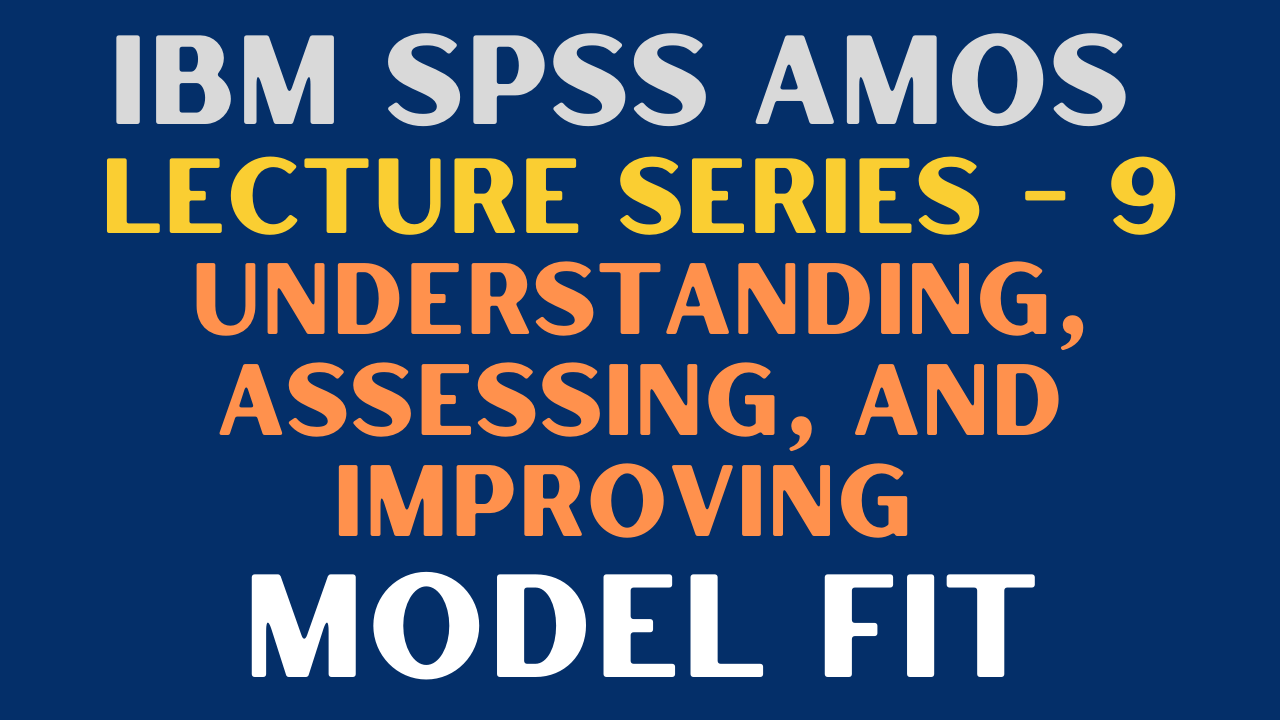
IBM SPSS AMOS Series - 9
SPSS AMOS Lecture Series: Understanding, Assessing, and Improving Model Fit in AMOS. The focus of the session is on helping research scholars understand how to fit a model in AMOS.

SPSS AMOS Lecture Series: Understanding, Assessing, and Improving Model Fit in AMOS. The focus of the session is on helping research scholars understand how to fit a model in AMOS.
Source: Principles and Practice of Structural Equation Modeling. Rex B. Kline. 2005
Source: Applied structural equation modeling using AMOS: Basic to advanced techniques by Collier, J. E. (2020).